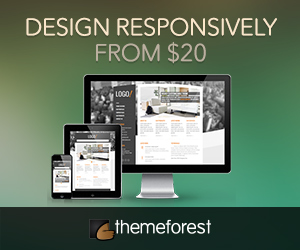Having quality, useful and relevant blogs can make a huge difference for writers and businesses interested in having a strong online presence. However, in order for your blogs to rise above the rest of the content filling up the Internet on a daily basis, you have to do something to set yourself apart.
As society has progressed, we have become a much more visual people. Knowing this, marketers can use this to their online advantage by making content more appealing to the visually minded reader or consumer. To help make accomplishing digital success easier for those taking the content marketing route, here are three tips for including images with your blog content in order to make the biggest impact on your visitors.
Keep Stock Images Off Your Blogs
While you may think that an image is an image regardless of where you got it or what it portrays, you couldn’t be more wrong when it comes to quality and visitor satisfaction. For this reason, Buddy Scalera, a contributor to the Content Marketing Institute, shares that stock photos should be avoided at all costs and authentic images should be used in their place.
Although stock images are easy to come by and cost very little to acquire, they also do very little to help take your content to the next level. For ecommerce businesses or bloggers who create products, taking authentic images shouldn’t be too difficult. For example, if you sell footwear online, you should be including images of your products being used in your blogging efforts. While authentic images may require more creativity for other businesses or bloggers, taking the time to come up with authentic images that are unique to you will be much more effective.
Get the Right Image to Text Ratio
For beginner bloggers, it can be hard to know how many images you should use for different posts. At some point, doesn’t it make sense that there would be a diminishing return by using too many images?
In addressing this point, Neil Patel tells HubSpot that the ideal ratio of images to text should be about one image per 350 words. However, Patel also explains that using images should be more about conveying concepts or ideas in the most clear fashion, which may require more or less images depending on your topic and audience. So while one image per 350 words is a good guideline, you should also allow for deviations from this rule when necessary.
Optimize Your Images Just Like You Would Your Content
To get the most out of the images you use with your blogs, a certain amount of image optimization should be taking place. Kevan Lee, a contributor to Buffer Social, shares that image optimization should include ensuring your images are the right size for load times and quality, your image files are named appropriately, and you’re using alt tags to make your images crawlable. By taking these simple image optimization measures, you will ensure that your images not only make your blogs easier for your visitors to read but they also help your SEO efforts as well.
To have the most success with your blogs, you’ve got to use everything possible to effectively reach your readers. By understanding how images can be beneficial to your blogging efforts, you should see an increase in both engagement and satisfaction with your blog.
Originally posted on January 21, 2016 @ 2:14 pm
